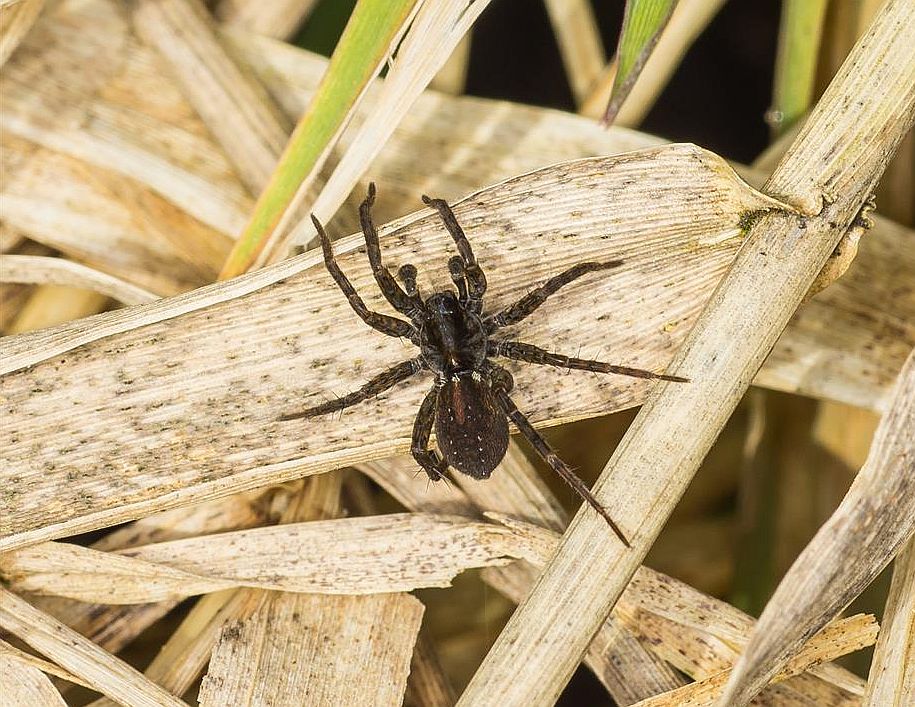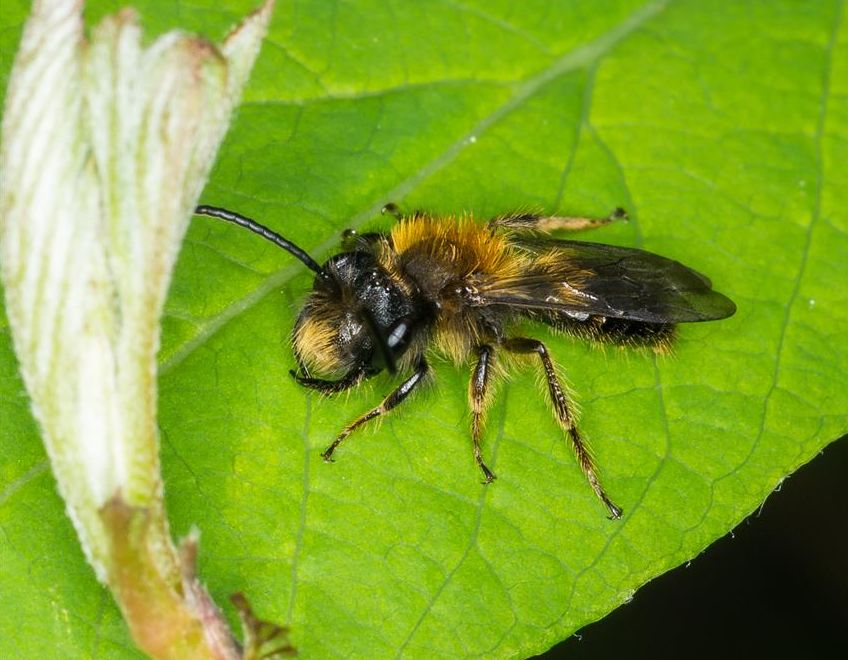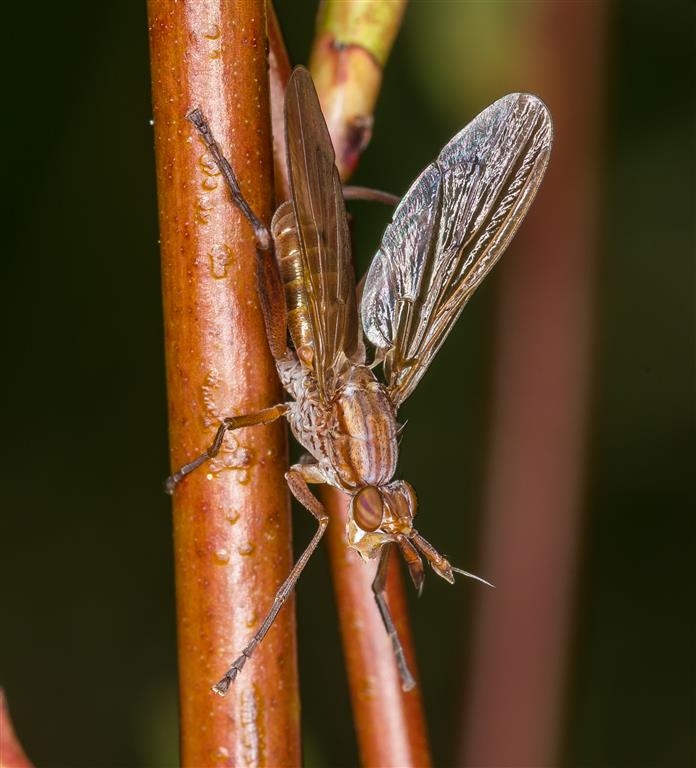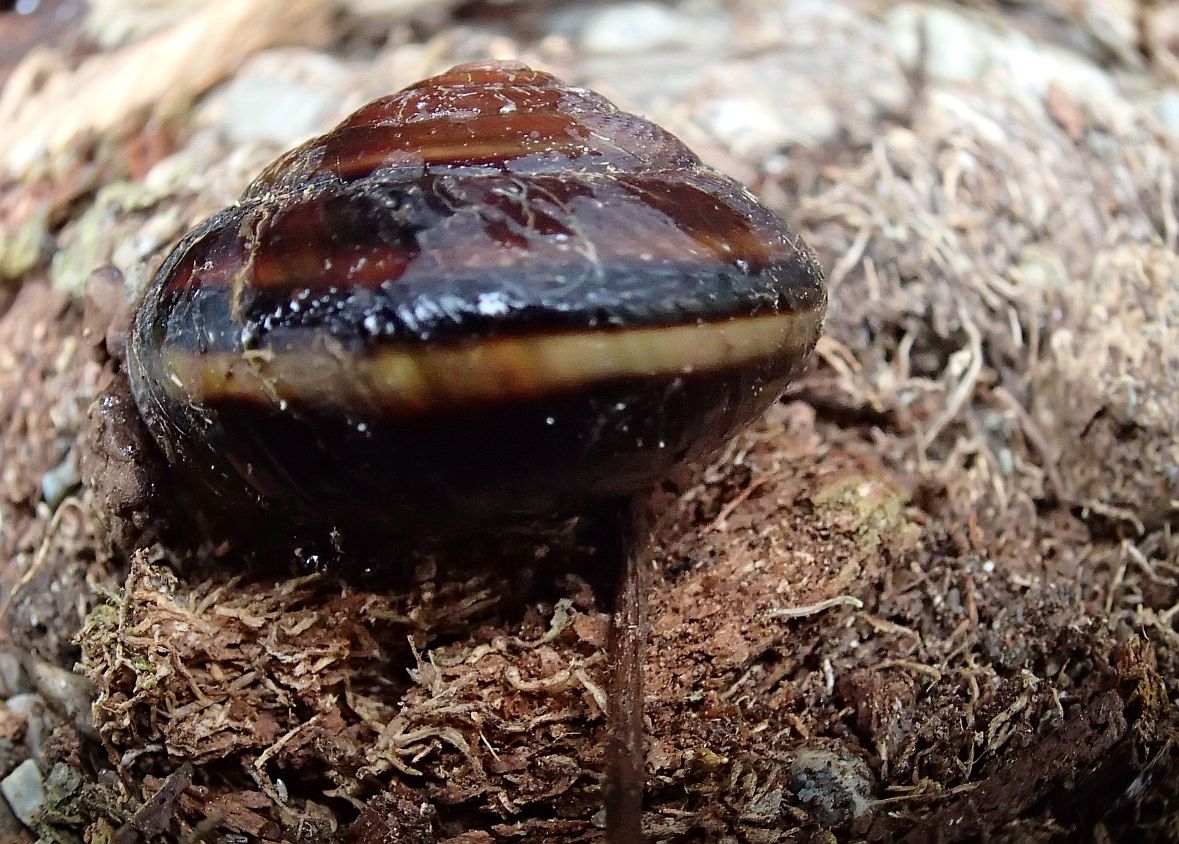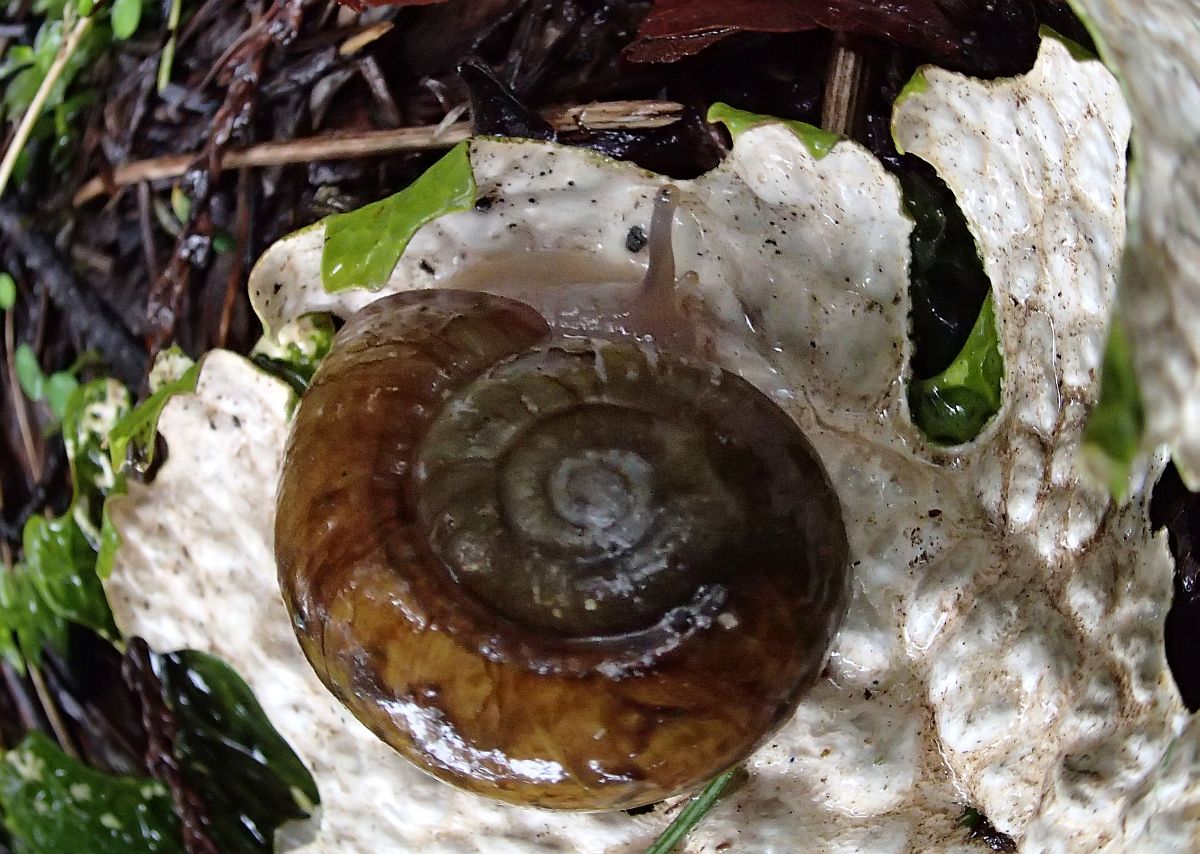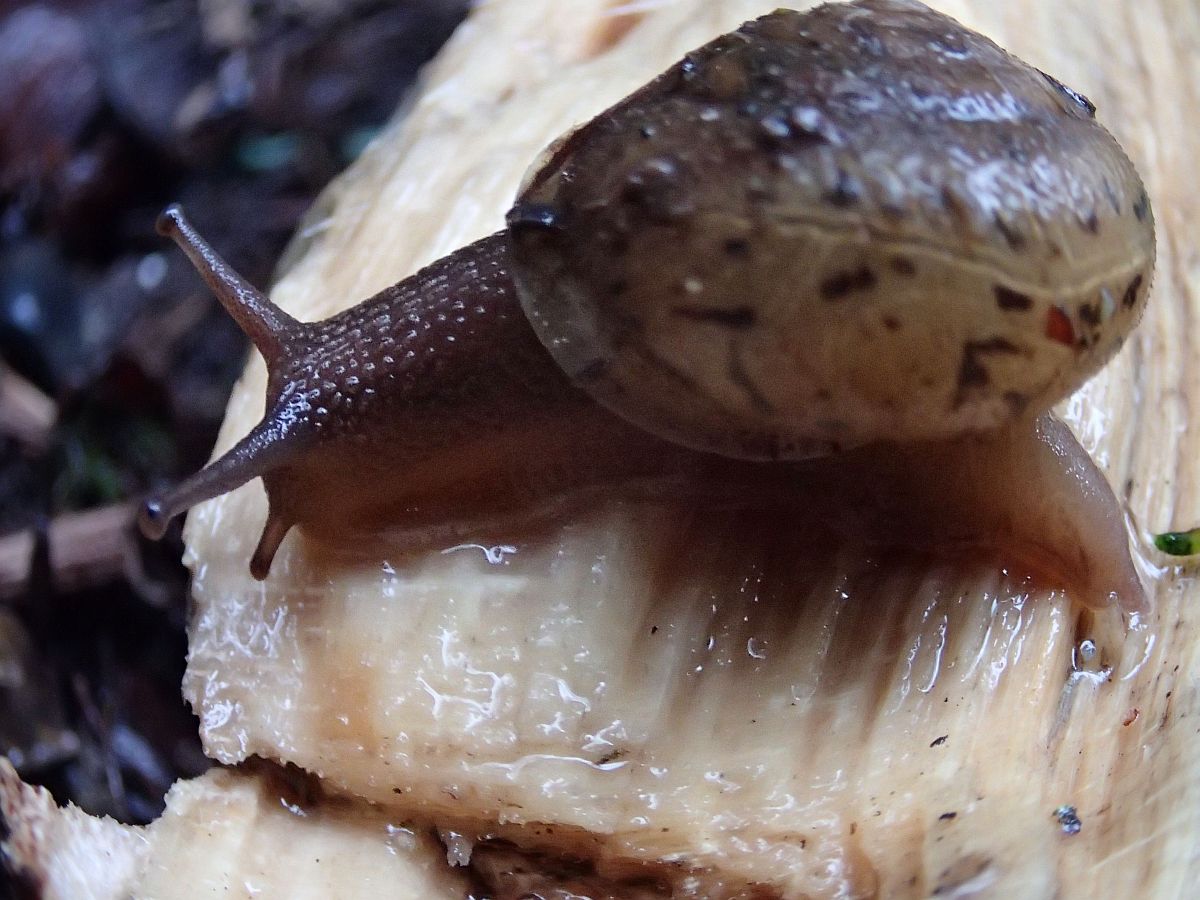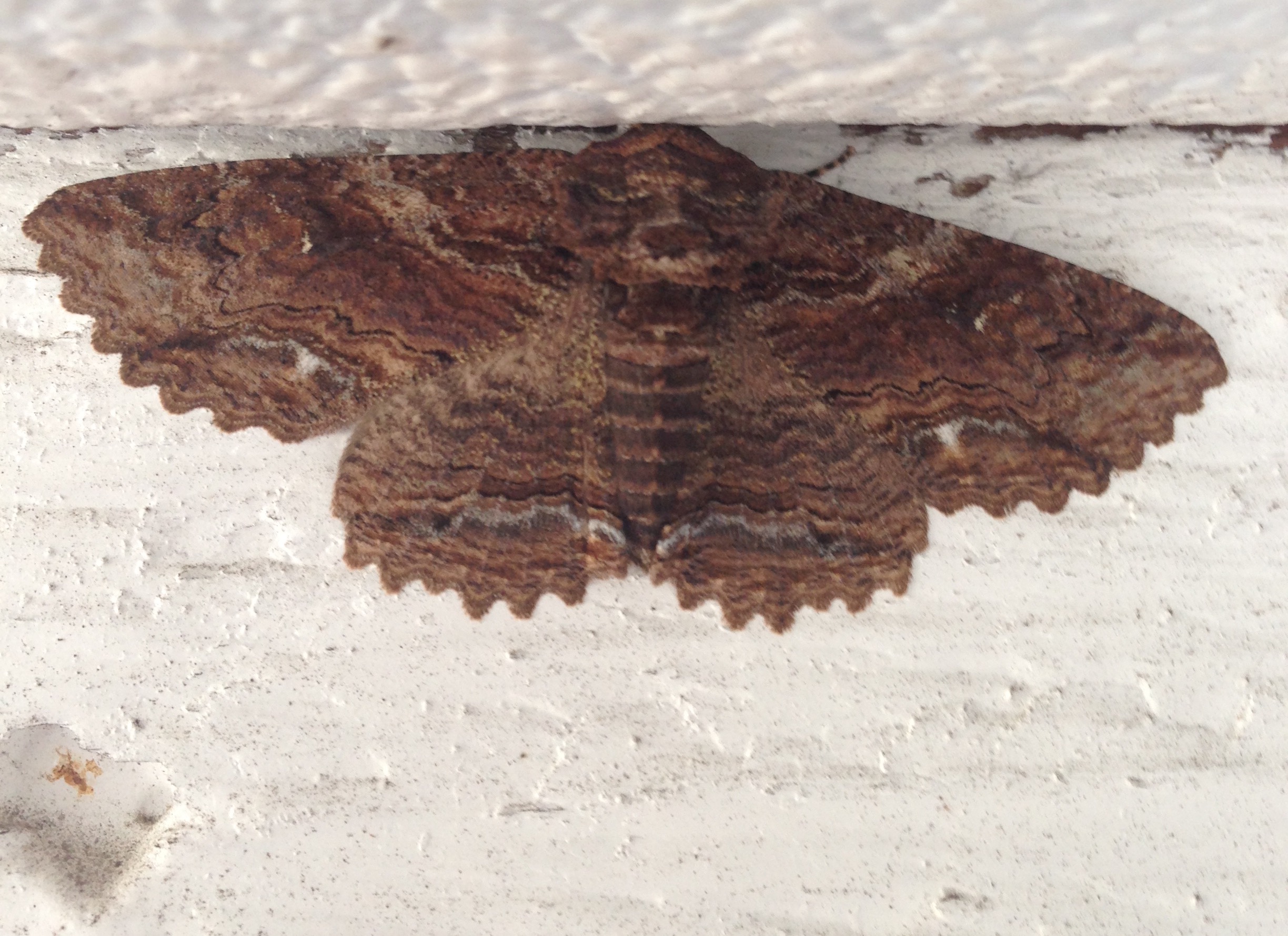2017 April 13
Message from Gordon Hart
April Butterfly Count
Hi Butterfly Counters.
This weekend marks the beginning of the 2017 Butterfly Count season. As always, the count period is from the third Saturday to the fourth Sunday – nine days, or April 15-23 this year. You can submit a count anytime over this period, and you can do more than one count, just use a separate form for each count. In the case of repeat counts, or more than one person counting an area, I will take the highest count for each species.
Please use the form at https://www.vicnhs.bc.ca/?p=33 on the Victoria Natural History Society website.
The count area is the same as the Christmas Bird Count circle (attached). For butterfly identification there are numerous internet sites, but most or all Victoria species are listed on E-Fauna. If you select by photographer, all the photos under James Miskelly’s name are of Victoria species. Here is the link: http://linnet.geog.ubc.ca/efauna/photoGallery/Gallery.aspx?gr=showall&pid=175&photographer=miskelly,%20james&specrep=0
If you would like a suggestion for an area to count, please send me an email (hartgordon19 at gmail dot com). This year, Mount Tolmie and the University of Victoria grounds, including the dog walking area, are available. If you can only do your backyard or your neighbourhood, that is good, too.
In addition to the counts, a monthly butterfly walk is held on the first Sunday of each month – May 6th, is the next walk. We start at the summit of Mount Tolmie at 1pm, and decide where to go from there. The walk will be cancelled if the weather is cool or rainy.
Thank-you for submitting your sightings and happy counting!
Gordon Hart
Butterfly Count Coordinator
Victoria Natural History Society
Count circle map link:
http://christmasbirdcount.ca/bcvi/CBCMaps.html#VictoriaMap
Jody Wells sends a photograph of a wolf spider among driftwood near the tip of Cordova Spit, April 12.
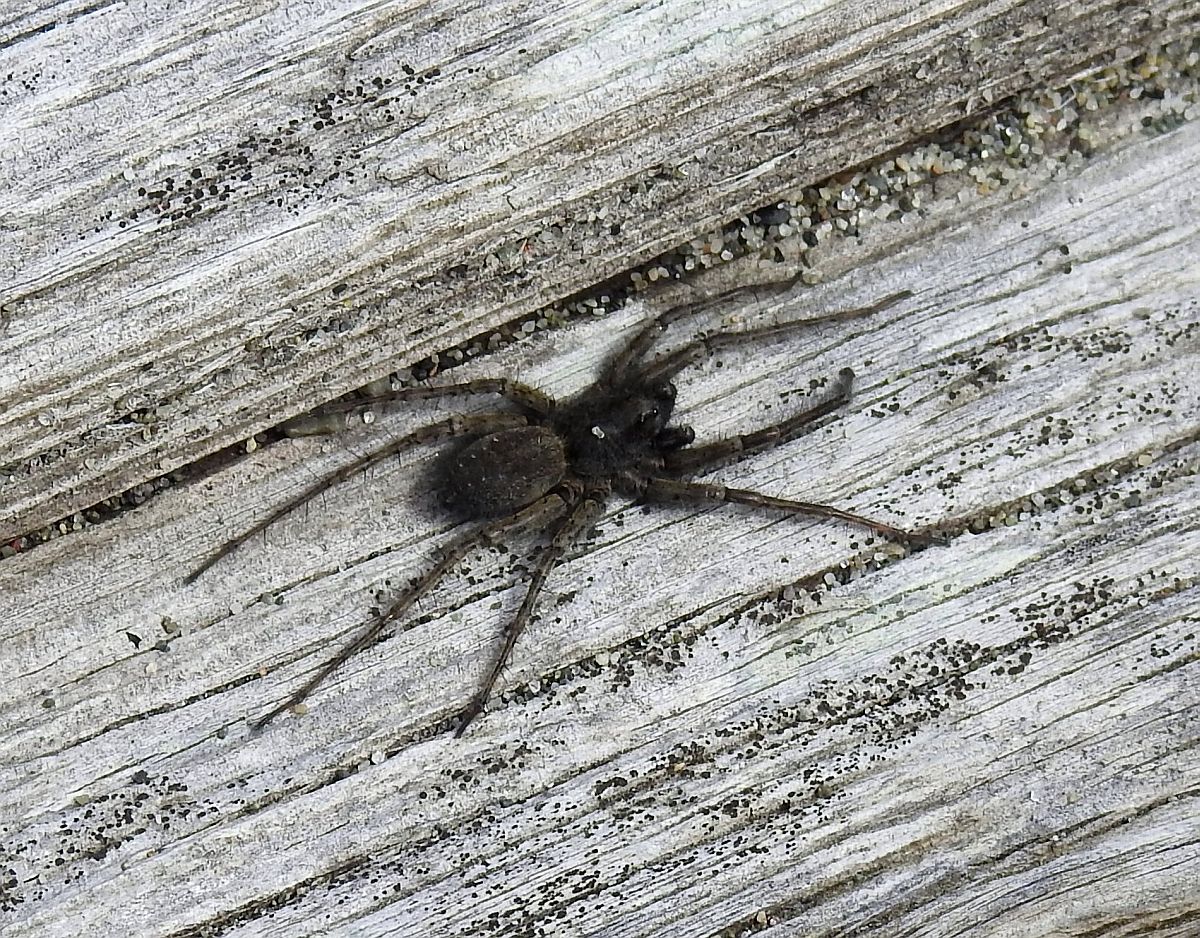
Wolf spider Pardosa vancouveri (Ara.: Lycosidae) Jody Wells
Libby Avis photographed the spectacular syrphid fly Eristalinus aeneus at Piper’s Lagoon, Nanaimo, April 12.
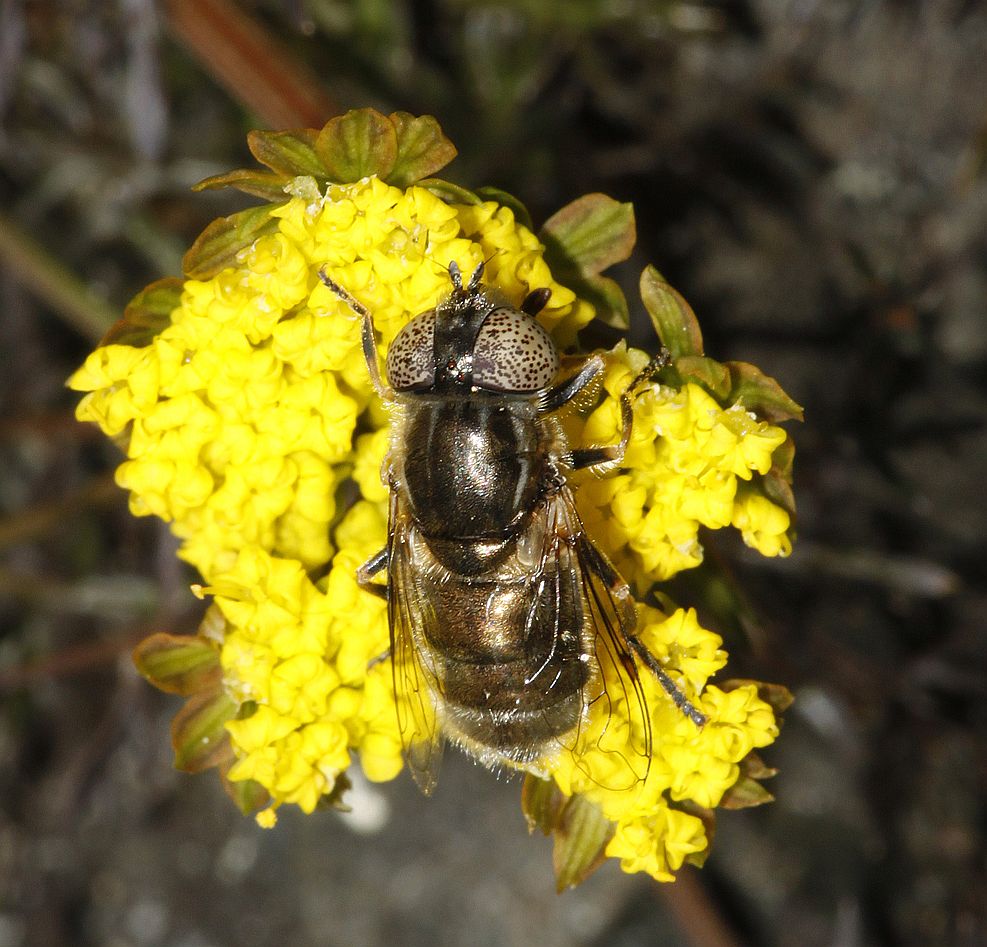
 Eristalinus aeneus (Dip.: Syrphidae) Libby Avis
Eristalinus aeneus (Dip.: Syrphidae) Libby Avis
Triphosa haesitata/Coryphista meadii. Jeremy Tatum writes: Viewers will have noticed that from time to time on this site we have had occasion to puzzle over the identification of these two very similar geometrid moths. The caterpillars are very different, and they are quite different species – but we have been trying to find subtle ways of distinguishing the adults of this difficult pair. On our April 9 posting, after humming and hawing for a while, I opted for Coryphista meadii as the probable identity of a moth photographed by Devon Parker in Esquimalt. Now – scroll down to April 9 to find the amazing true identity of Devon’s moth, as revealed by Libby Avis!
Today, Devon writes: Today Ian, Rick and I went out to East Sooke Park along the coast trail. We found six Moss’s Elfins and a lot of flies of one species. Thanks to Drs Jeff Skevington and James O’Hara for identifying the fly as Epalpus signifer – a parasitoidal fly of certain noctuid moths.


Moss’s Elfin Incisalia mossii (Lep.: Lycaenidae) Devon Parker
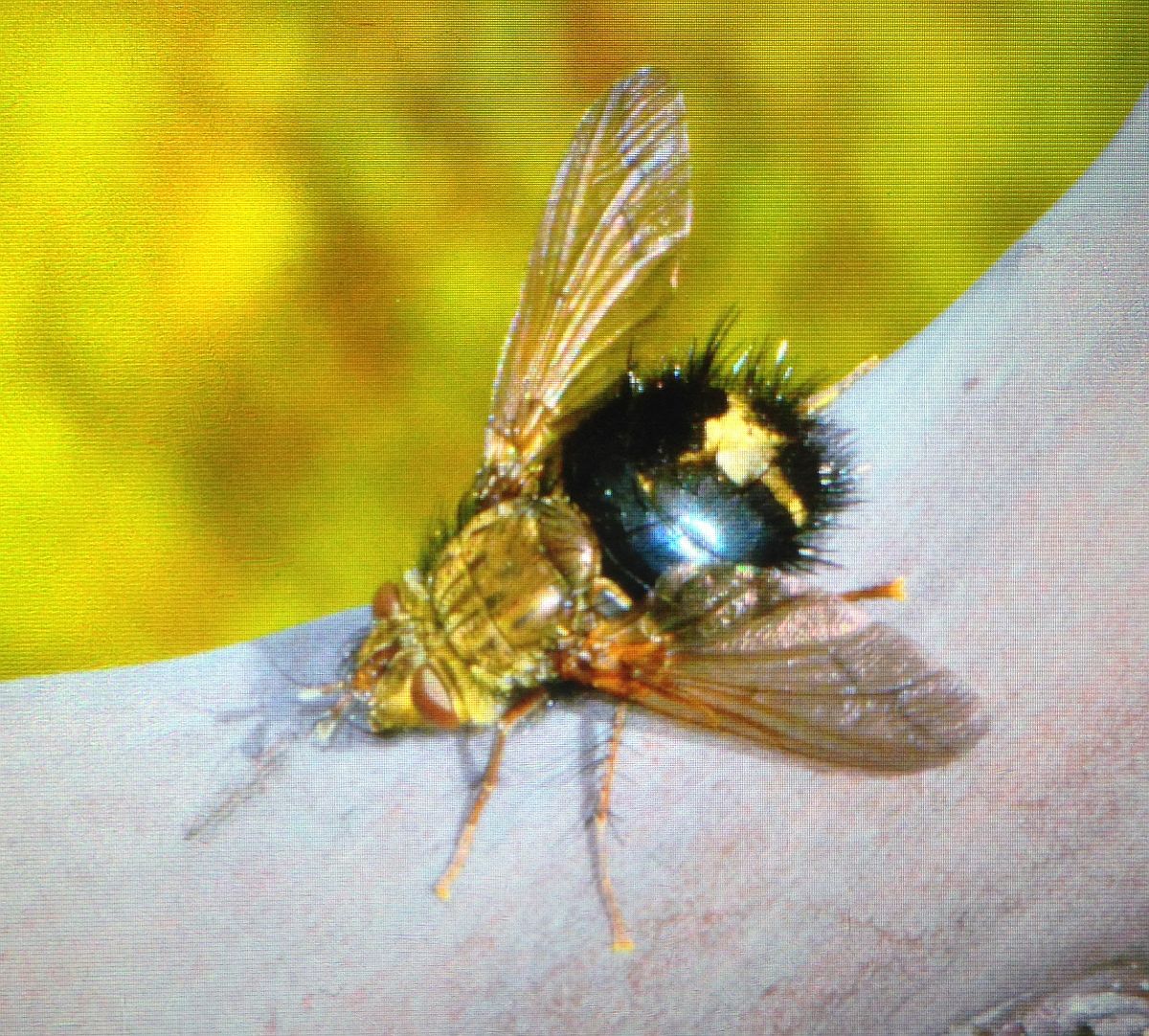
Epalpus signifer (Dip.: Tachinidae) Devon Parker
And, talking of flies, we now have an identification for Thomas Barbin’s fly posted yesterday. Scroll down to April 12.


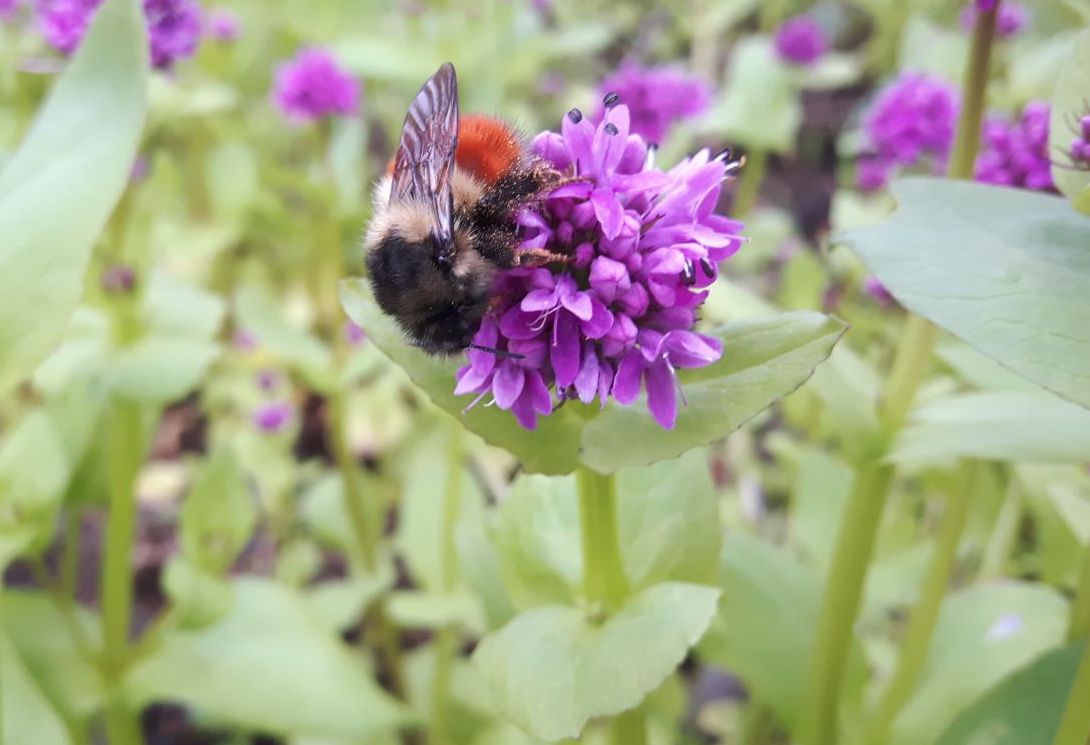
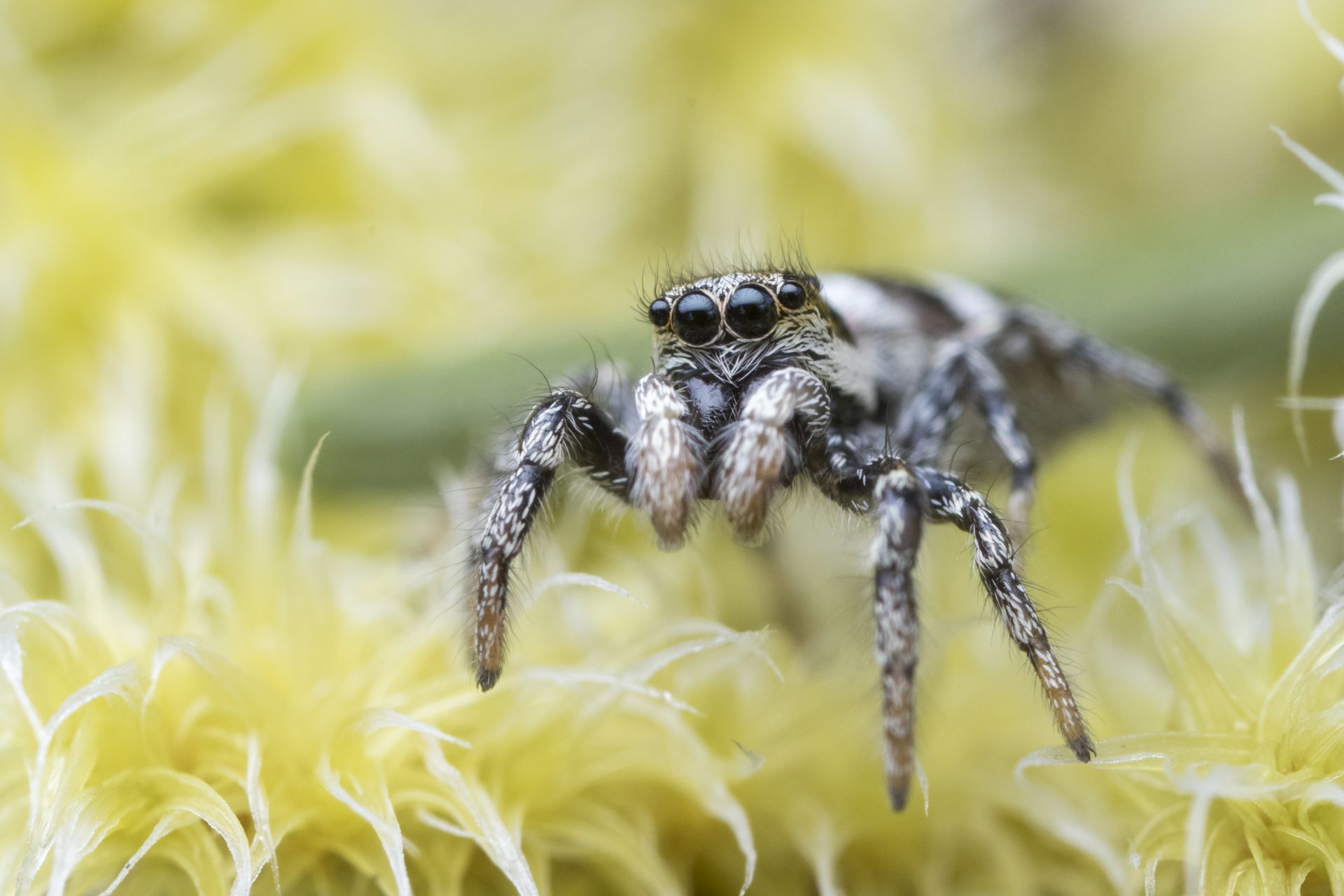

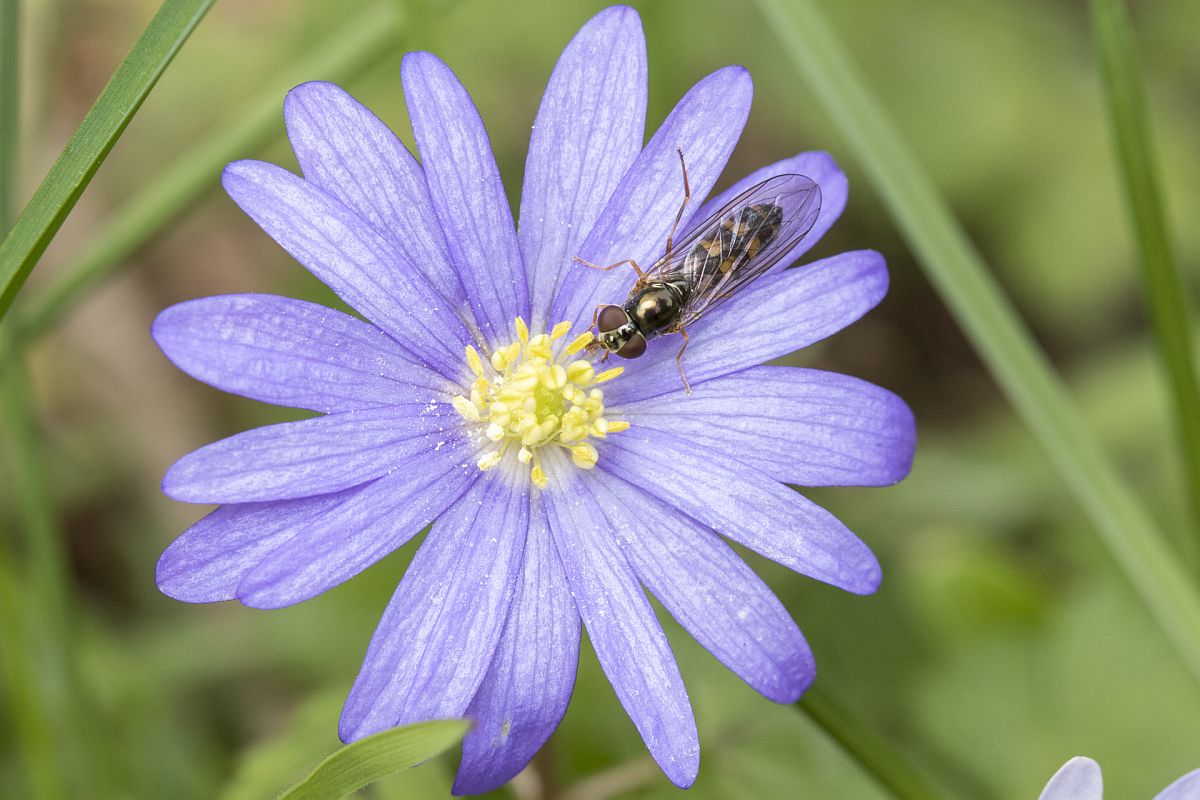
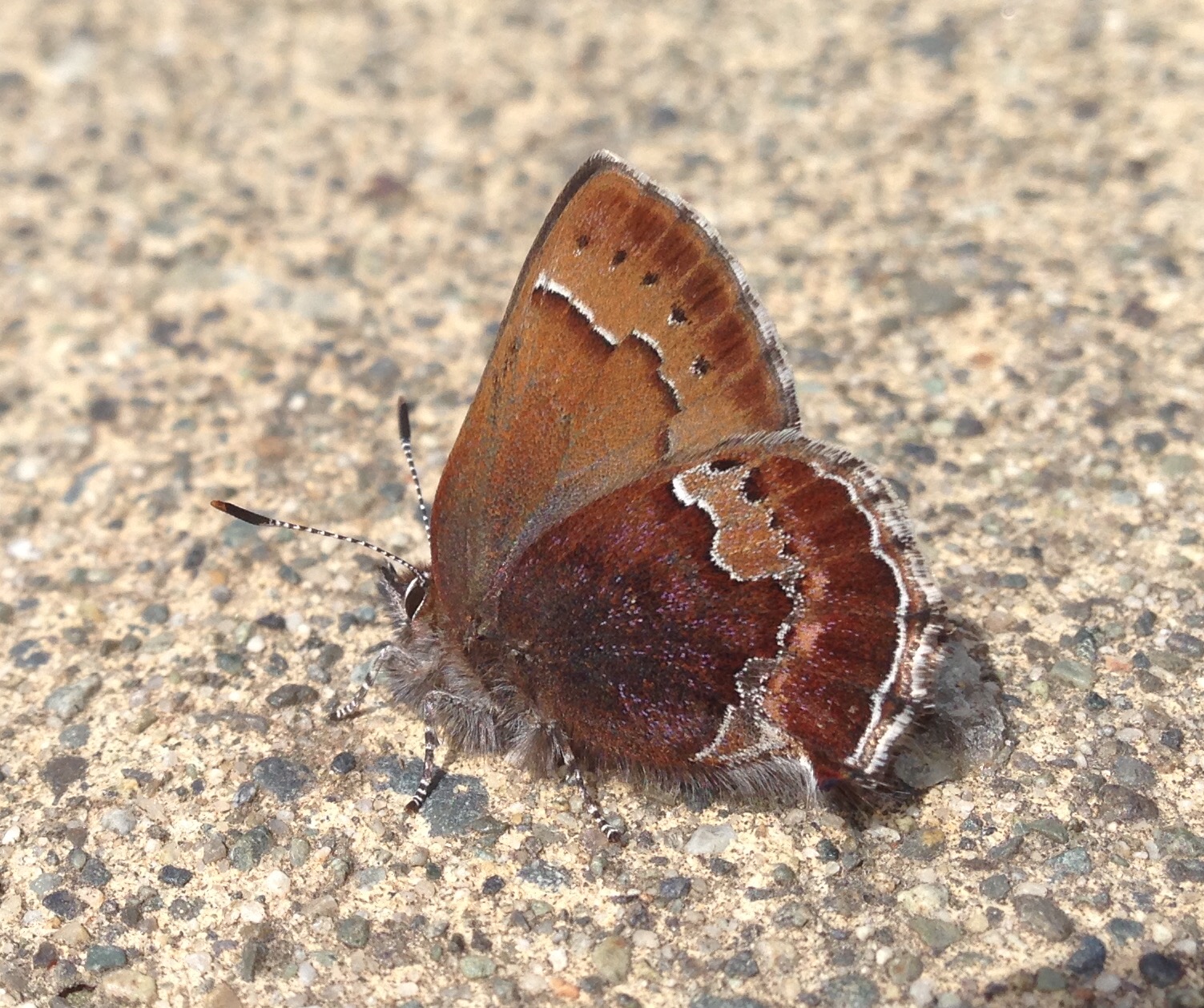
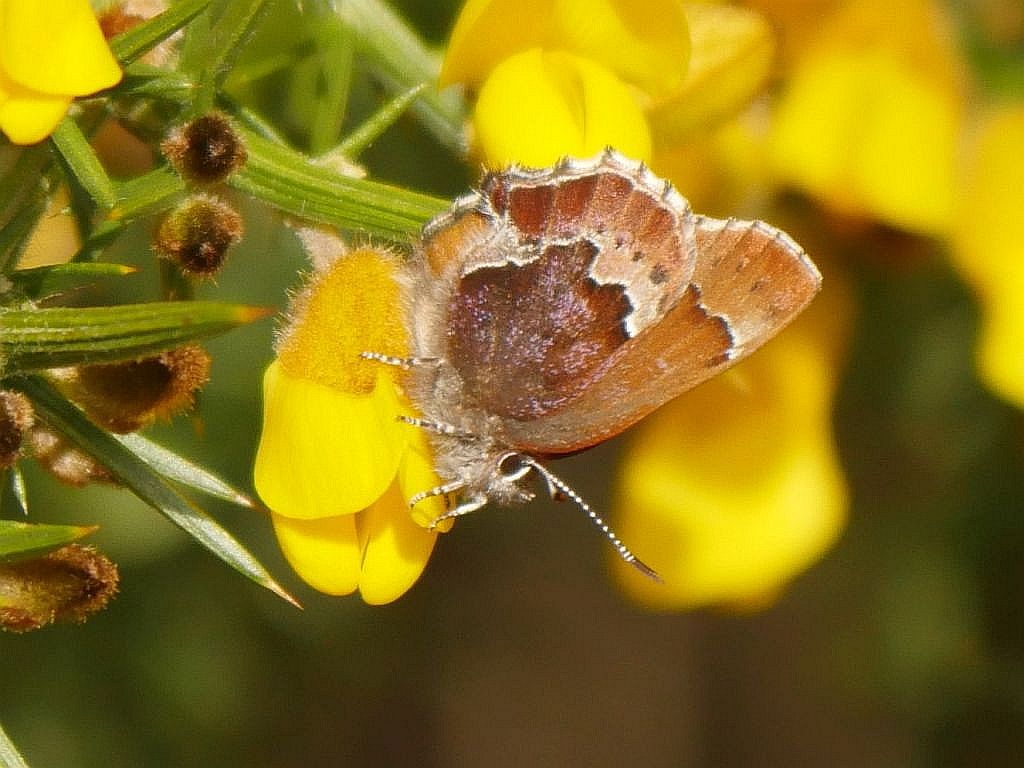
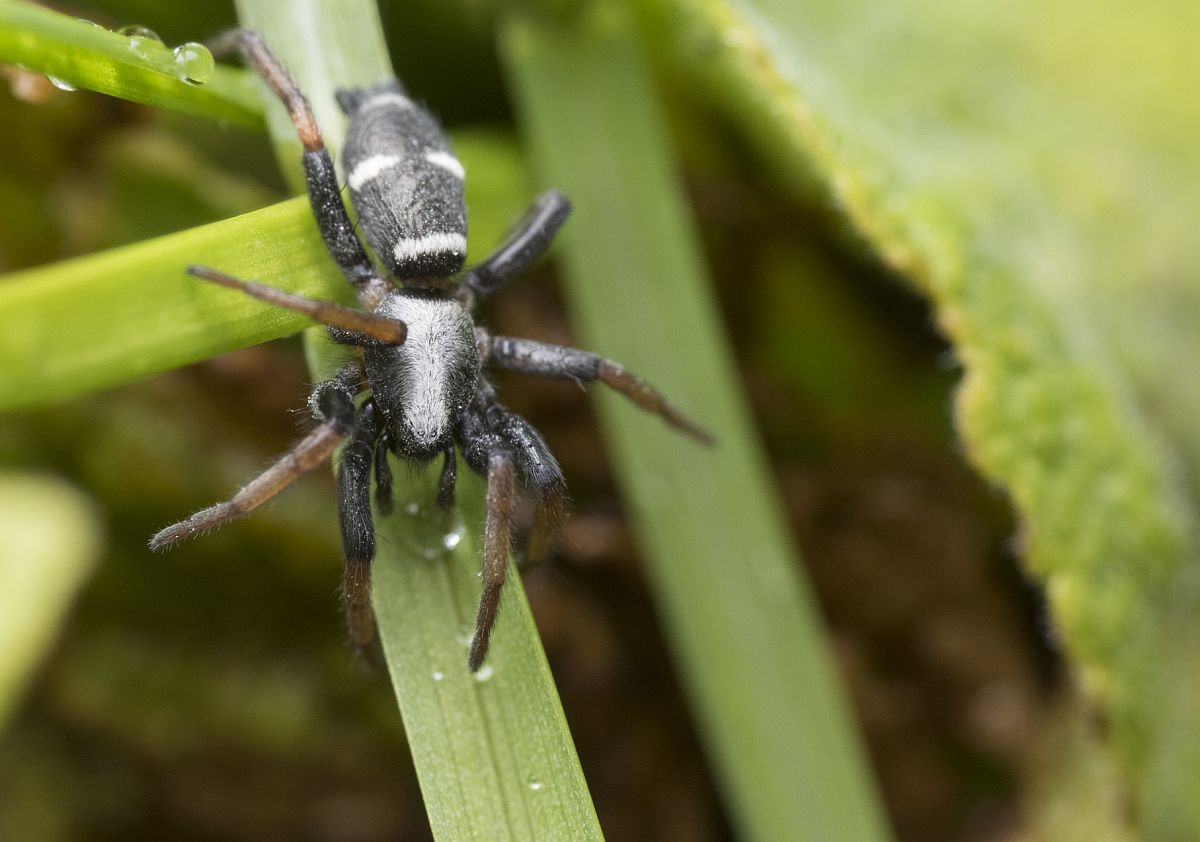
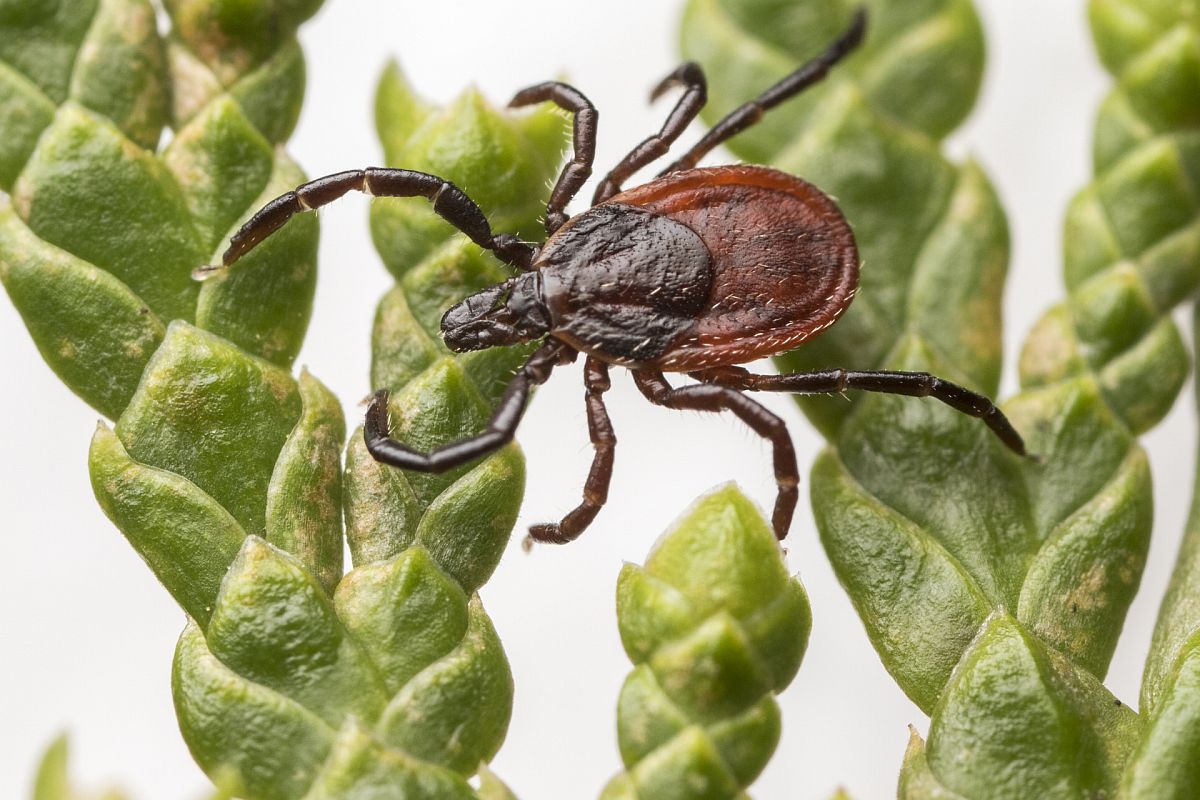
 Western Black-legged Tick Ixodes pacificus (Acari: Ixodidae) Thomas Barbin
Western Black-legged Tick Ixodes pacificus (Acari: Ixodidae) Thomas Barbin
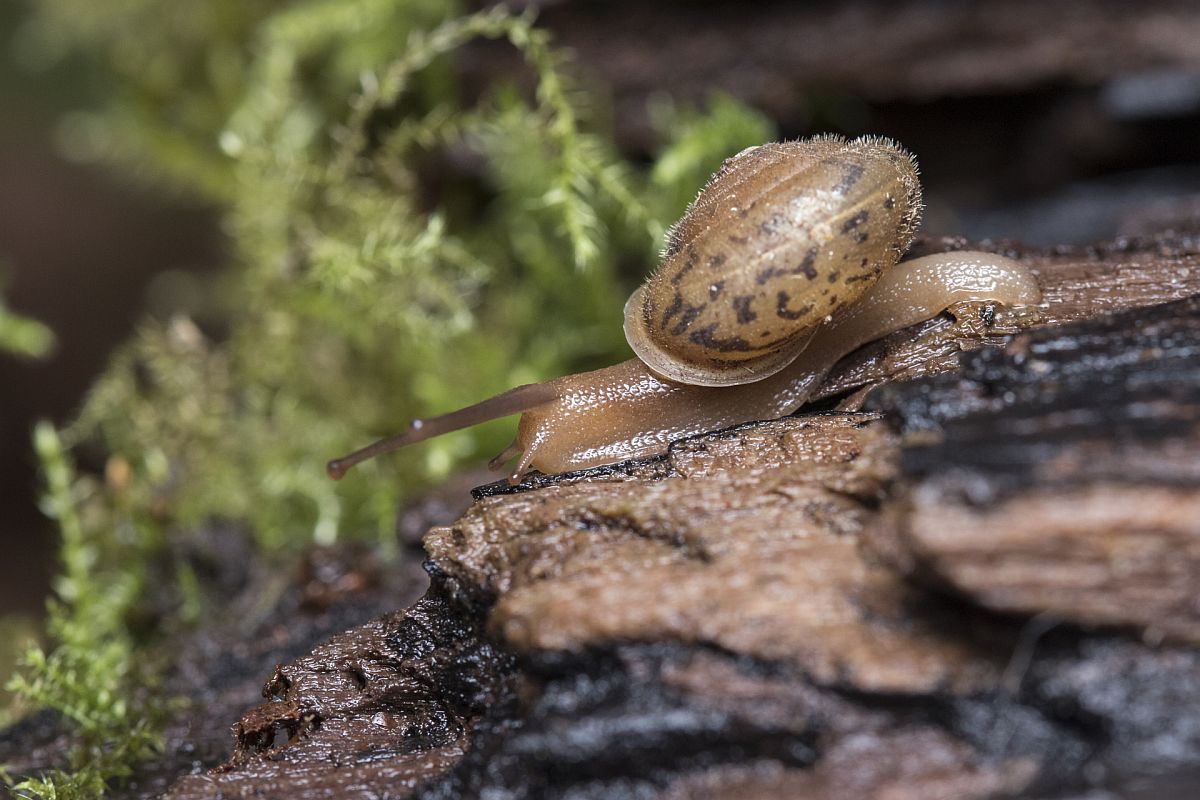
 Snail awaiting identification Thomas Barbin
Snail awaiting identification Thomas Barbin 